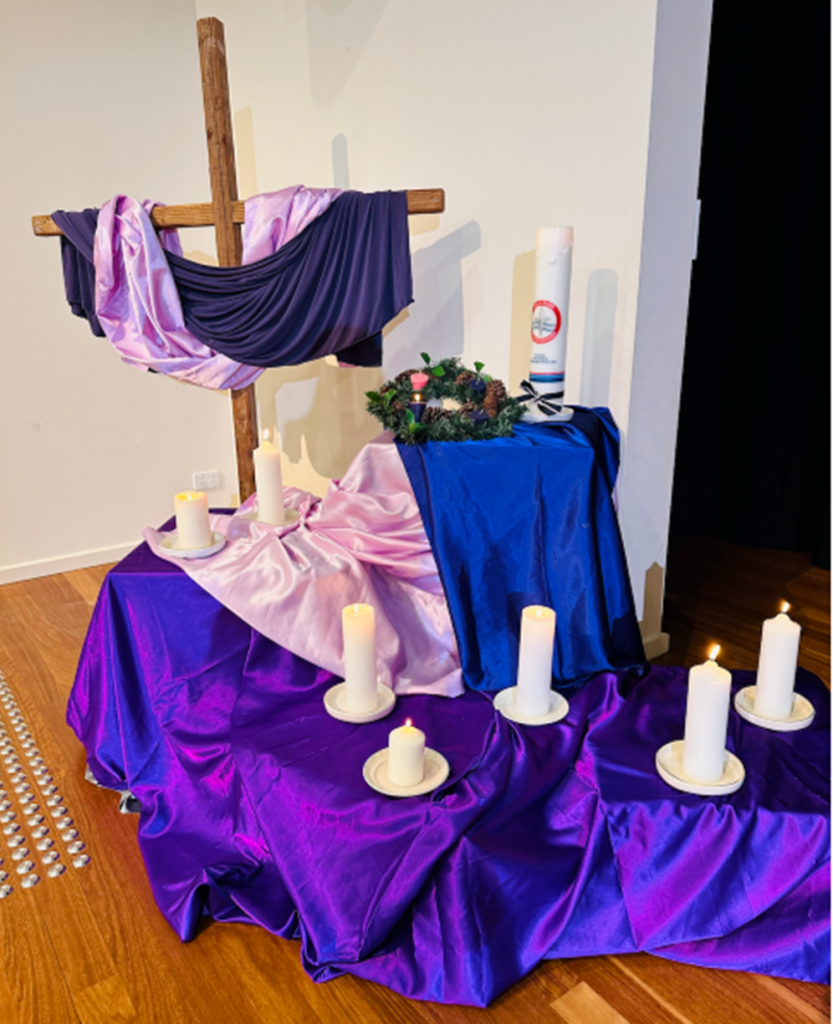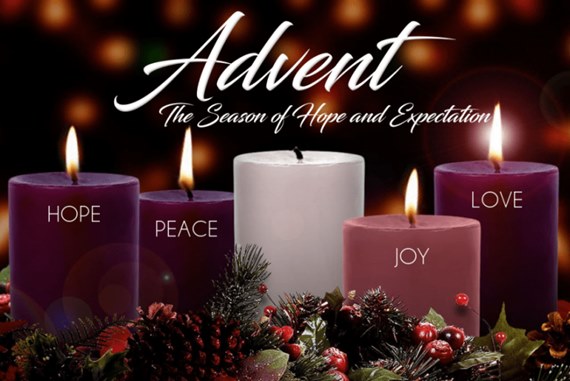The Season of Advent
Did you know that the Season of Advent developed in the Church over time?

Here are 10 facts that you may not know about the roots and meanings of Advent:
1. Advent is a time of expectation and preparation for the birth of the Lord. The word “Advent” derives from the Latin word “adventus,” which means “coming,” and is associated with the four weeks of preparation for Christmas.
2. Advent has a changing start date, but it always contains four Sundays. It starts on the Sunday closest to the feast of St. Andrew the Apostle (Nov. 30). It can begin as early as 27 November or as late as the 3 December.
3. Advent marks the beginning of the liturgical year. Advent was chosen to begin the year as representative of the time in history that Christ was not known to us. With His birth the beginning of our faith was founded. The liturgical year ends with the feast of Christ the King, His reign over the universe.
4. The Advent season has two meanings. It emphasises both the celebration of Christ coming into the world as a man and also the Second Coming when the Lord will return again. It blends together a penitential spirit, very similar to Lent, a liturgical theme of preparation for the Second and Final Coming of the Lord, called the Parousia, and a joyful theme of getting ready for the Bethlehem event. The traditional colour of Advent is purple or violet, which symbolises the penitential spirit. Religious traditions associated with Advent express all these themes.
5. Hope is a predominant theme of Advent. The Israelites hoped for a Messiah to come, and Christ entered the world. We are hopeful for the arrival of Christ again into the world.
6. Advent is a reminder of the Old Testament promises of the coming of the Messiah. The Advent tradition of the Jesse Tree consists of symbols of the Messiah coming from the line of Jesse (Lk 3: 23-38). Isaiah is often read during this season to remember that we are waiting for the day when the Messiah will come again.
7. Advent focuses on light as opposed to darkness. Christ enters our dark world and casts away the darkness of sin to redeem us. He will come again as the light of the world.
8. Advent has two parts. The first portion, the First Sunday of Advent until December 16, is preparation for the Second Coming of Christ. The second portion, from December 17 to 24, directly prepares us for the commemoration of the first coming of Christ, Christmas.
9. The origins of Advent can be traced back to the Church in France. In the 4th Century, the Church in France used the period before Epiphany as a time of preparation for Baptism.
10. Advent as we know today was developed in Rome. Pope Gregory I, in the late 6th or early 7th Century, composed many of the prayers, antiphons and psalm responses. Many themes and ideas we now know, can be traced to the Roman Advent season.
Share This Post:
Recent Releases
Keeping on Top of Technology (16th Sunday in Ordinary Time)
Keeping on Top of Technology We are growing our presence to serve you better! In recent…
Reflection – 15th Sunday in Ordinary Time
This weekend, we hear the story of the “Great Commissioning”, the sending out of the 12 apostles…
Latest Parish News
First Communion – This Tuesday This Tuesday, July 16, we begin our First Communion Sacramental Program with…
News from our Parish schools
Siena Catholic Primary School ‘The 4 Cares’ at Siena At Siena Primary we want every student to…





